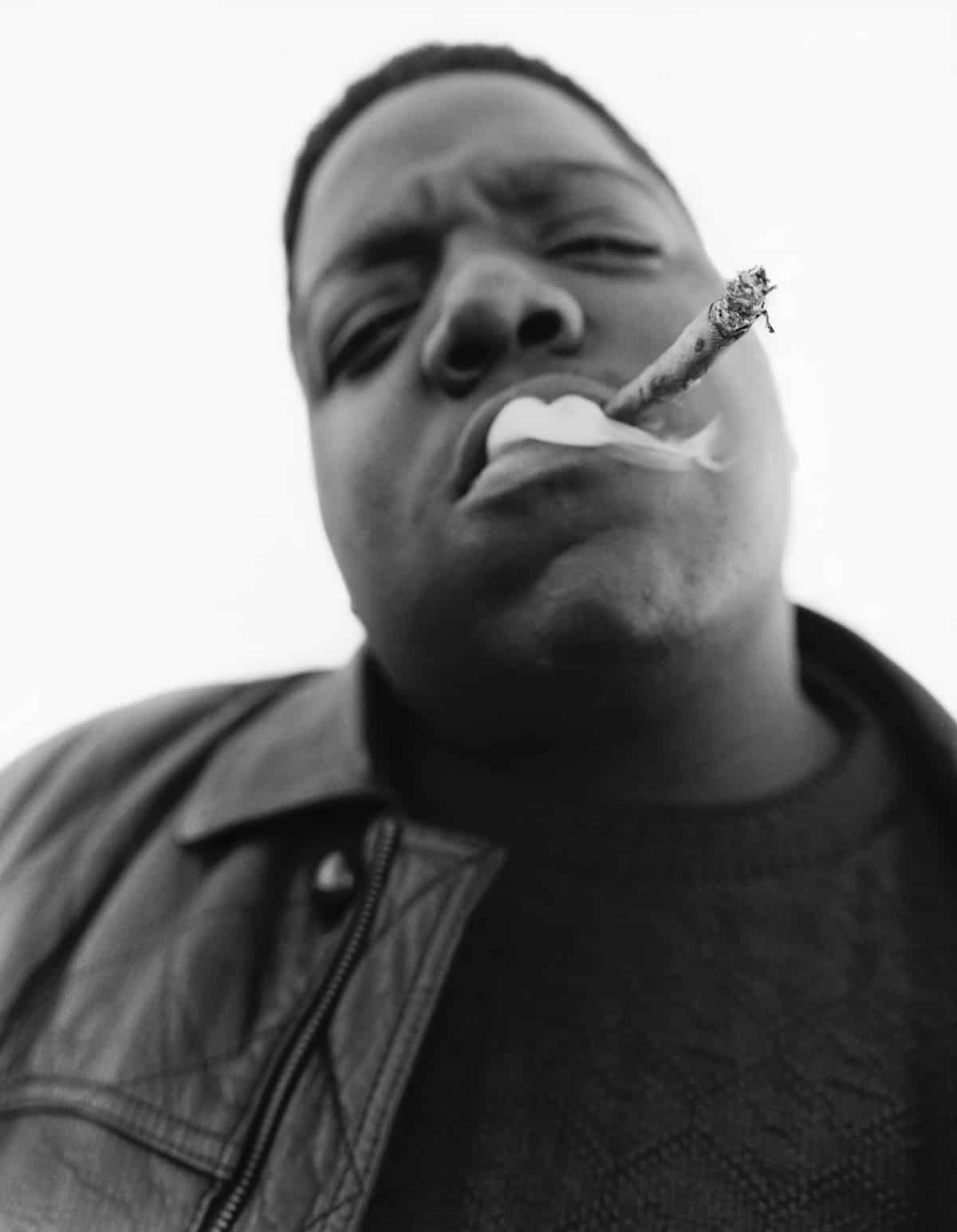
“Notorious B.I.G. #01, 1994” by Geoffroy De Boismenu
A new exhibition in New York traces five decades of hip-hop music, from its early roots in the Bronx to glossy portraits of today’s biggest stars. Over 200 photographs spanning 1972 to 2022 tell the visual tale of how hip-hop become one of pop culture’s most influential movements.
Hip-Hop: Conscious, Unconscious, curated by Sacha Jenkins and Sally Berman, includes world-famous images like Geoffrey De Boismenu’s black and white portrait of the Notorious B.I.G., as well as street photography that captures the culture of New York in the early 1980s.
“It’s easy to forget that there was a time before hip-hop was an industry and before it made money,” said co-curator Sacha Jenkins, who came of age in New York’s hip-hop scene of the 1980s. “It wasn’t conscious of itself. It was just existing with young people living their lives, dressing as they did, trying to entertain themselves with limited resources and creating an aesthetic that registered among themselves. It wasn’t for the world; it was for a very specific community. Then there was an exponentially paced transition where hip-hop culture became a conscious of itself as an incredibly lucrative global export. The exhibition’s lifeblood is the period before hip-hop knew what it was.”
The exhibit, on view at Fotografiska New York, shows legendary musicians during their formative years as well as icons at the height of their success. Lisa Leone’s image of a young Mary J. Blige is a beautiful portrait of a young, confident woman ready to take on the music industry. Leone’s recollection of how the portrait came about is telling of the casual, familiar atmosphere of the scene in the early 1990s.
“I happened to be up at the record company and as I was leaving they asked if I wanted to meet their new artist,” she shared. “I said yes and they brought me into a conference room where [Blige] was sitting with some other record co-execs. I sat across from her and asked if I could take a few pictures. At this point I didn’t even hear any of her music… not sure if she even recorded yet. She said yes and I snapped a couple of frames and that was it.”
It’s these special, spontaneous moments that make Hip-Hop: Conscious, Unconscious unique. For every glossy portrait from a magazine, there are also unfiltered images that show how these artists lived and worked. This makes the exhibition a holistic view of the scene that any hip-hop lover or aficionado of music history won’t want to miss.
The show, which is mainly laid out chronologically, is broken into different areas of focus that include the early years, East Coast, West Coast, the South, and the newer wave of artists who have emerged since the mid-aughts. Also well-represented across the exhibition are the “four elements of hip-hop” (rapping, DJing, breakdancing, and graffiti) as well as several debated “fifth elements” including fashion and beatboxing.
Hip-Hop: Conscious, Unconscious is on show at Fotografiska New York until May 21, 2023. The show will then travel to Fotografiska’s international locations including Fotografiska Stockholm and Fotografiska Berlin.
Hip-Hop: Conscious, Unconscious is a holistic view of the rise of hip-hop culture through over 200 photographs.
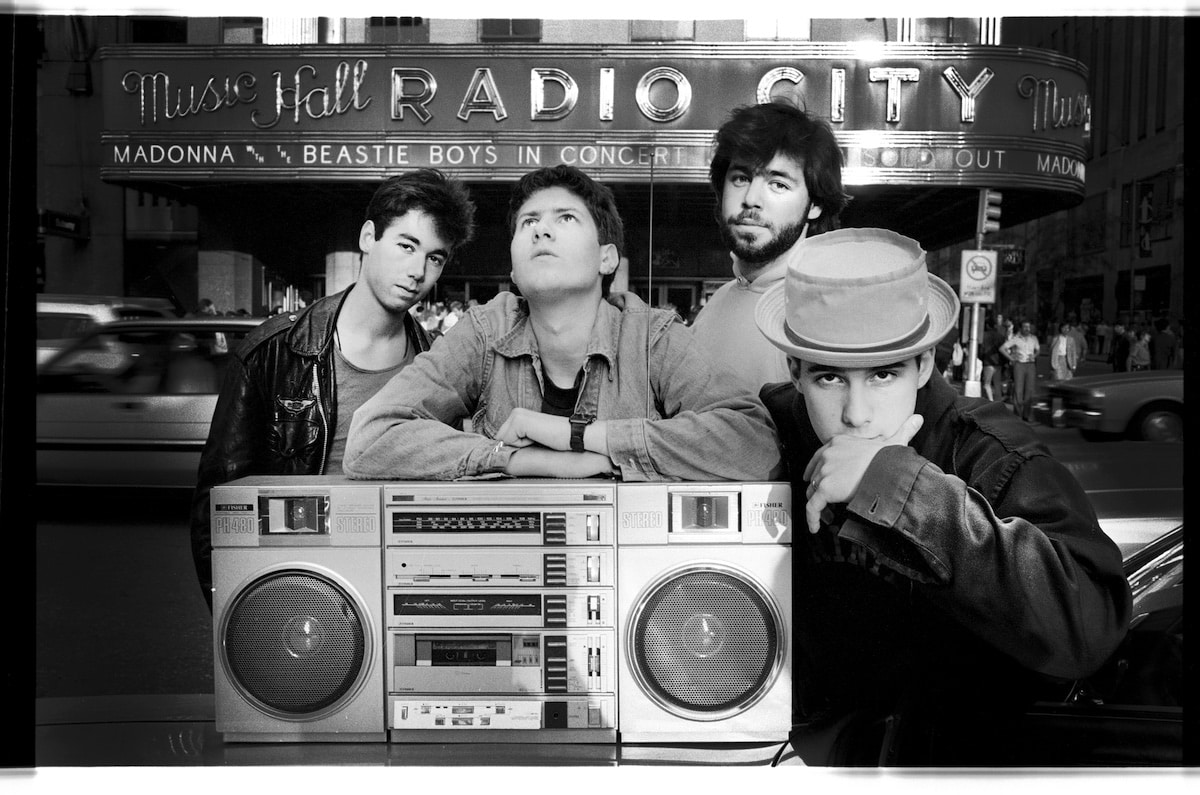
“Beastie Boys, Radio City, New York, 1985” by Josh Cheuse
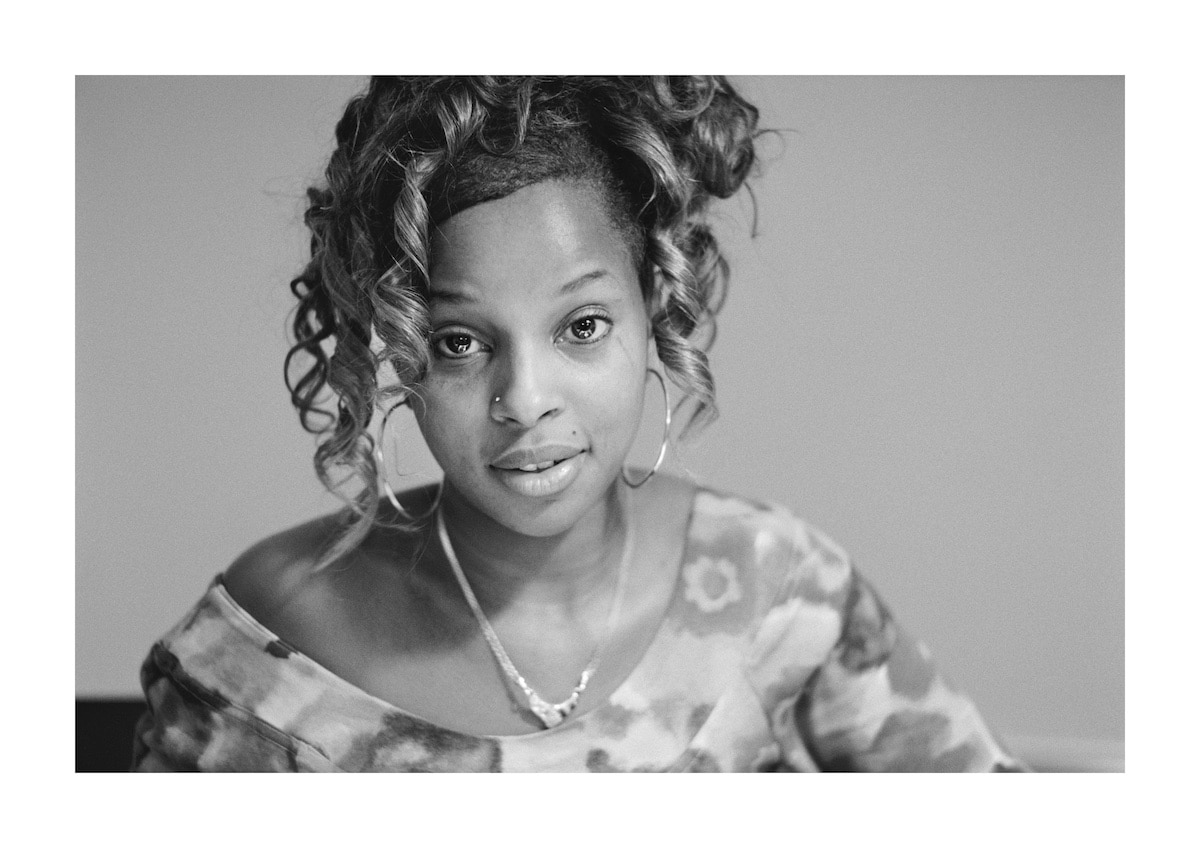
“Mary J. Blige, New York City, 1991″ by Lisa Leone

“Grand Master Flash, Debbie Harry, Fab 5 Freddy, Chris Stein of Blondie and friend, 1981” by Charlie Ahearn
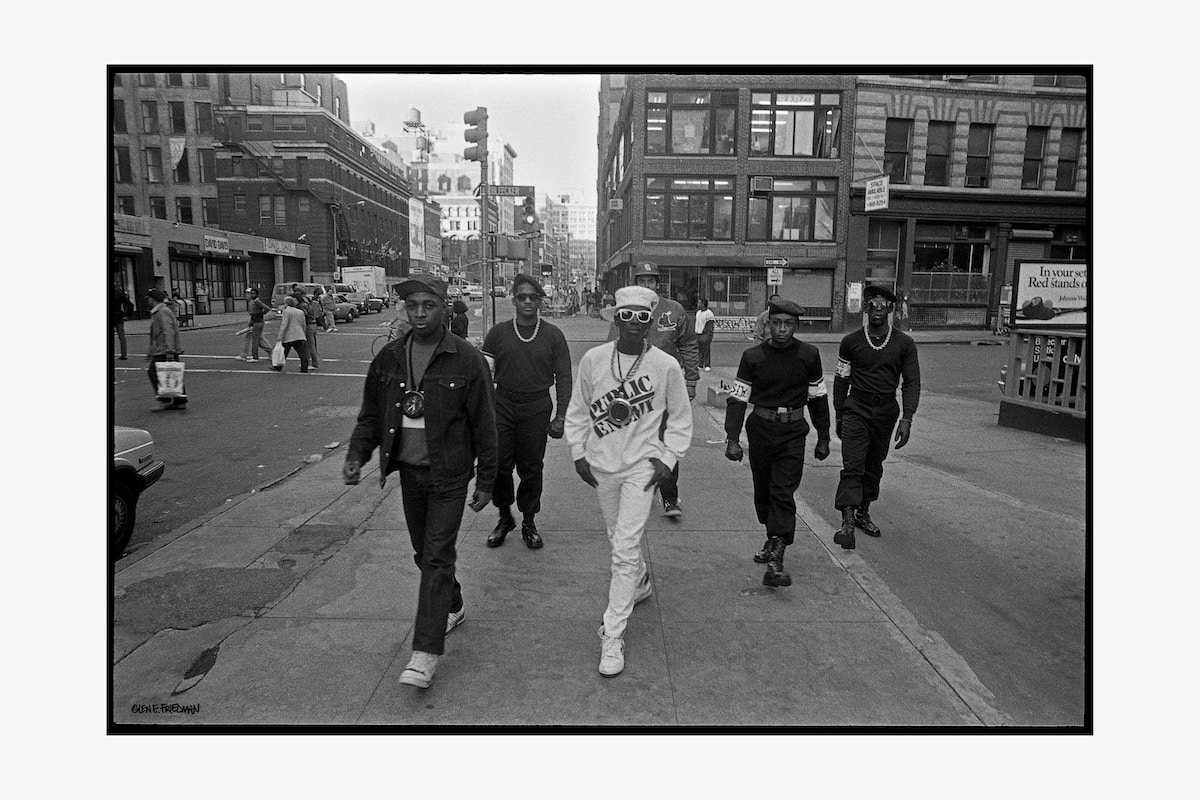
“Public Enemy – Lafayette & Bleecker, New York City circa 1986” by Glen Friedman
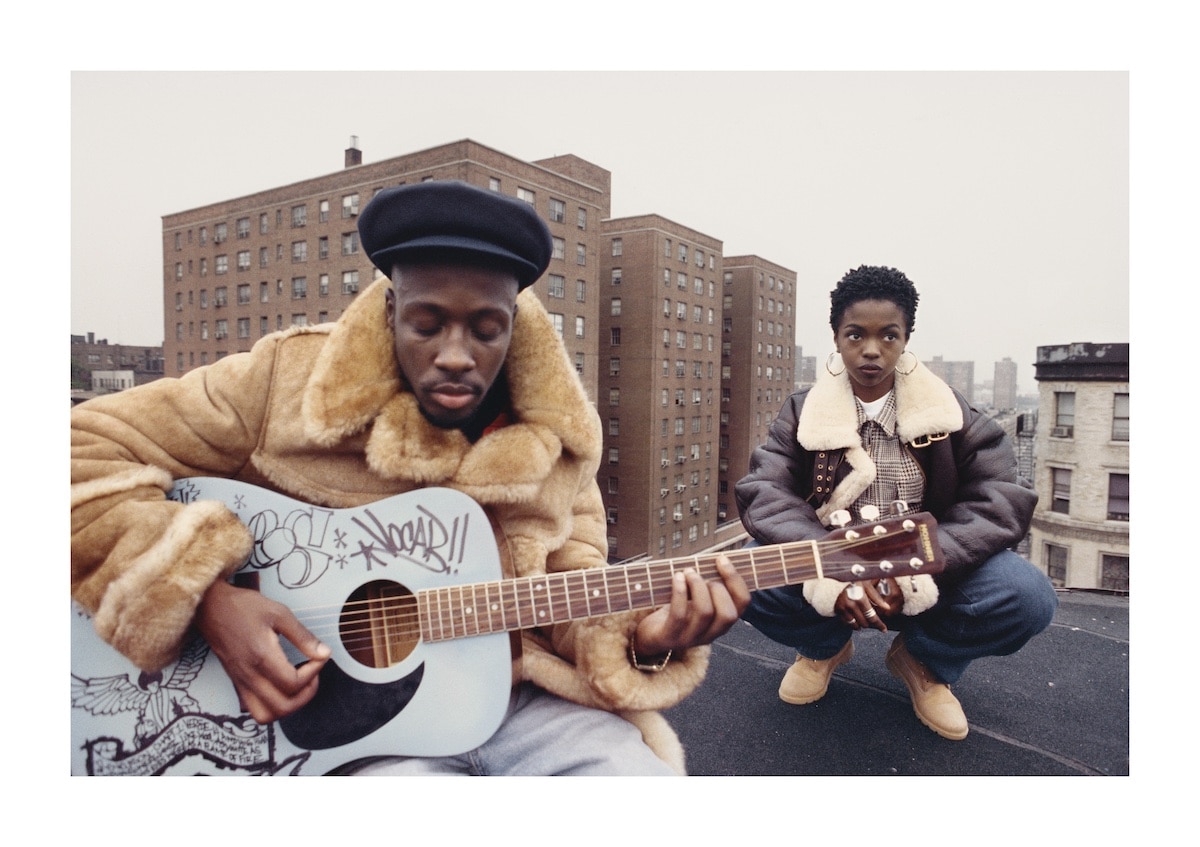
“Wyclef Jean and Lauryn Hill, East Harlem, New York City, 1993 – while shooting Vocab video” by Lisa Leone
The exhibition shows how hip-hop evolved from a grassroots phenomenon to one of pop culture’s most influential movements.
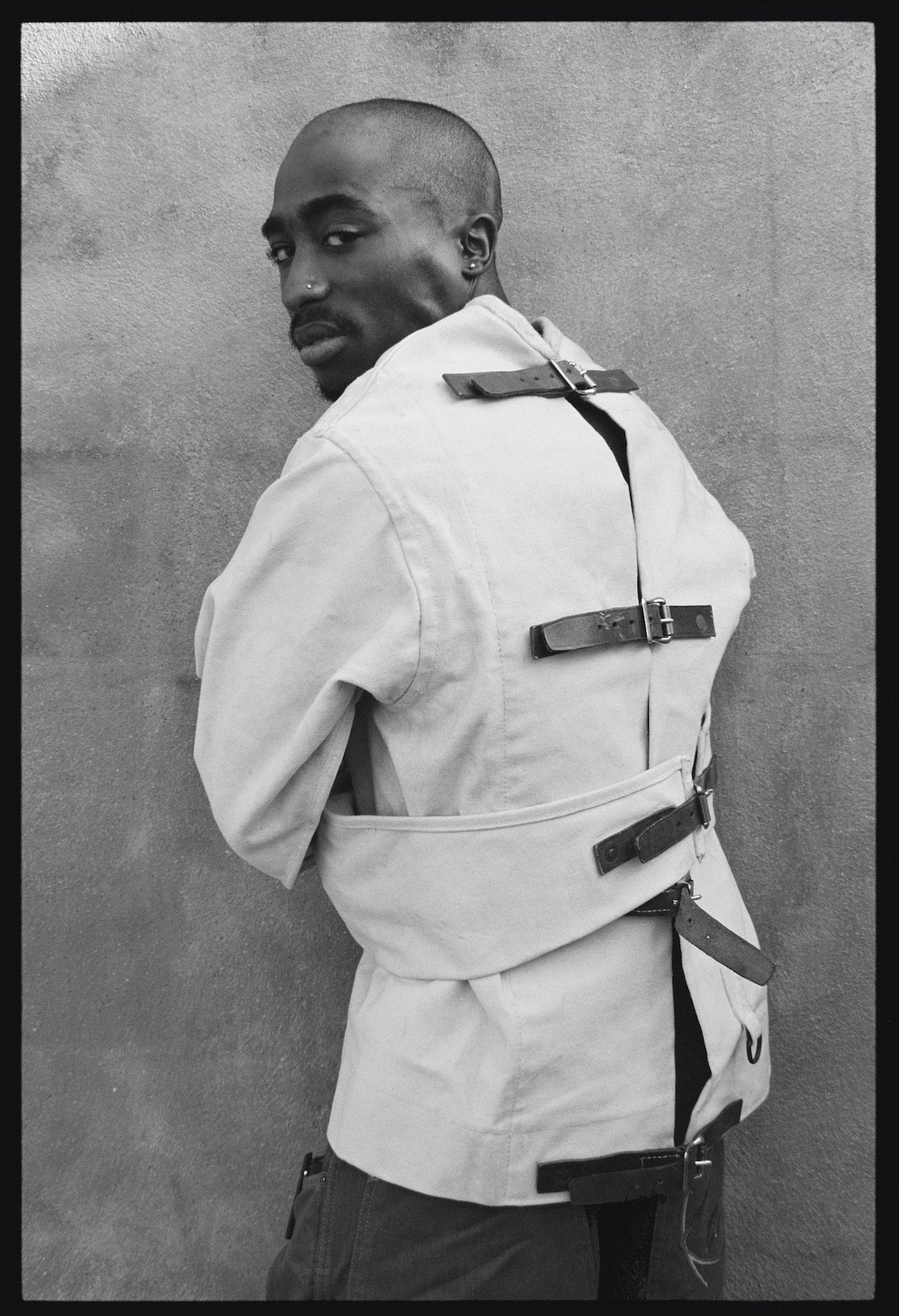
“Tupac (straight jacket), 1993” by Shawn Mortensen
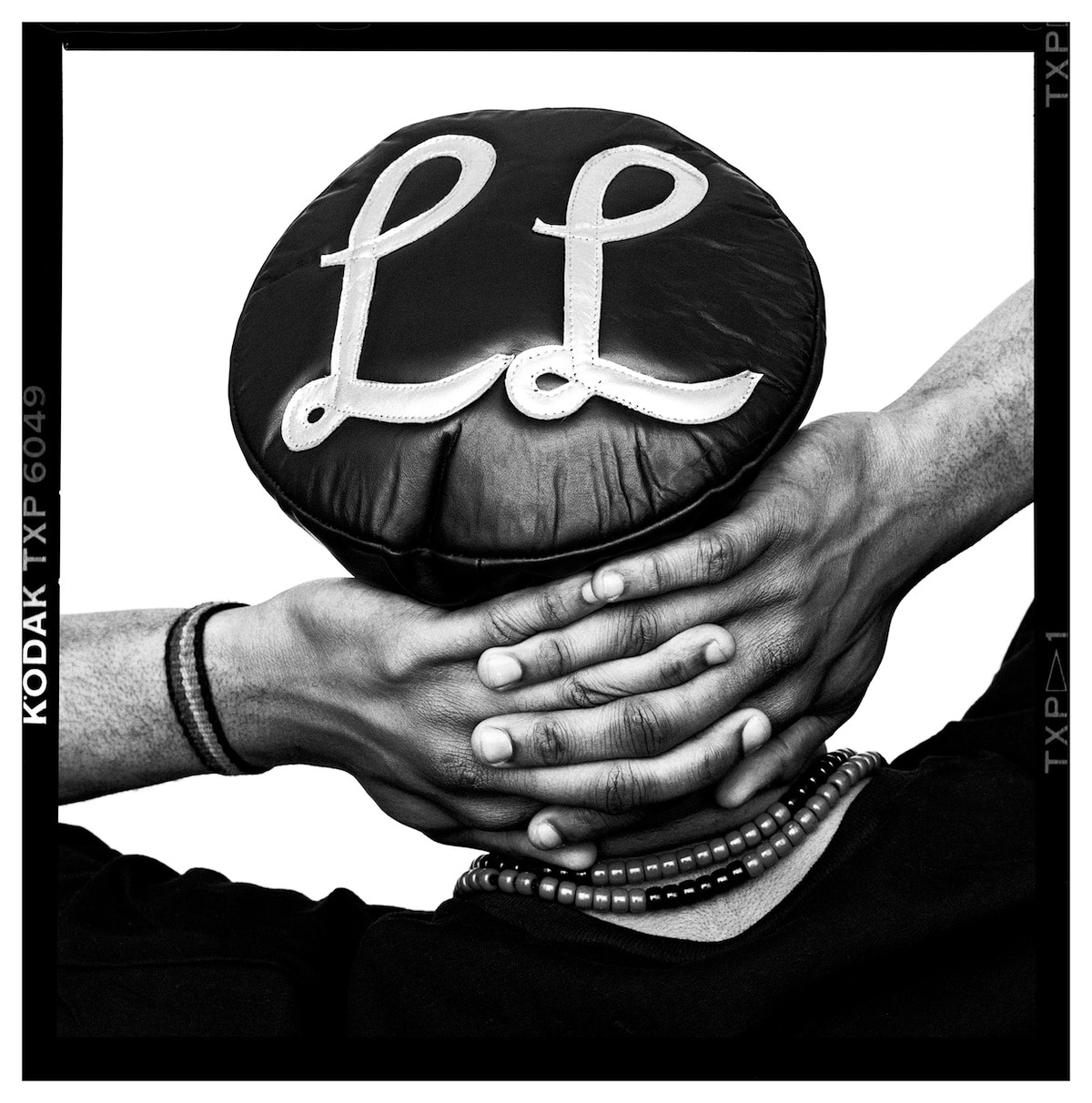
“LL, LL Cool J, 1992” by Jesse Frohman
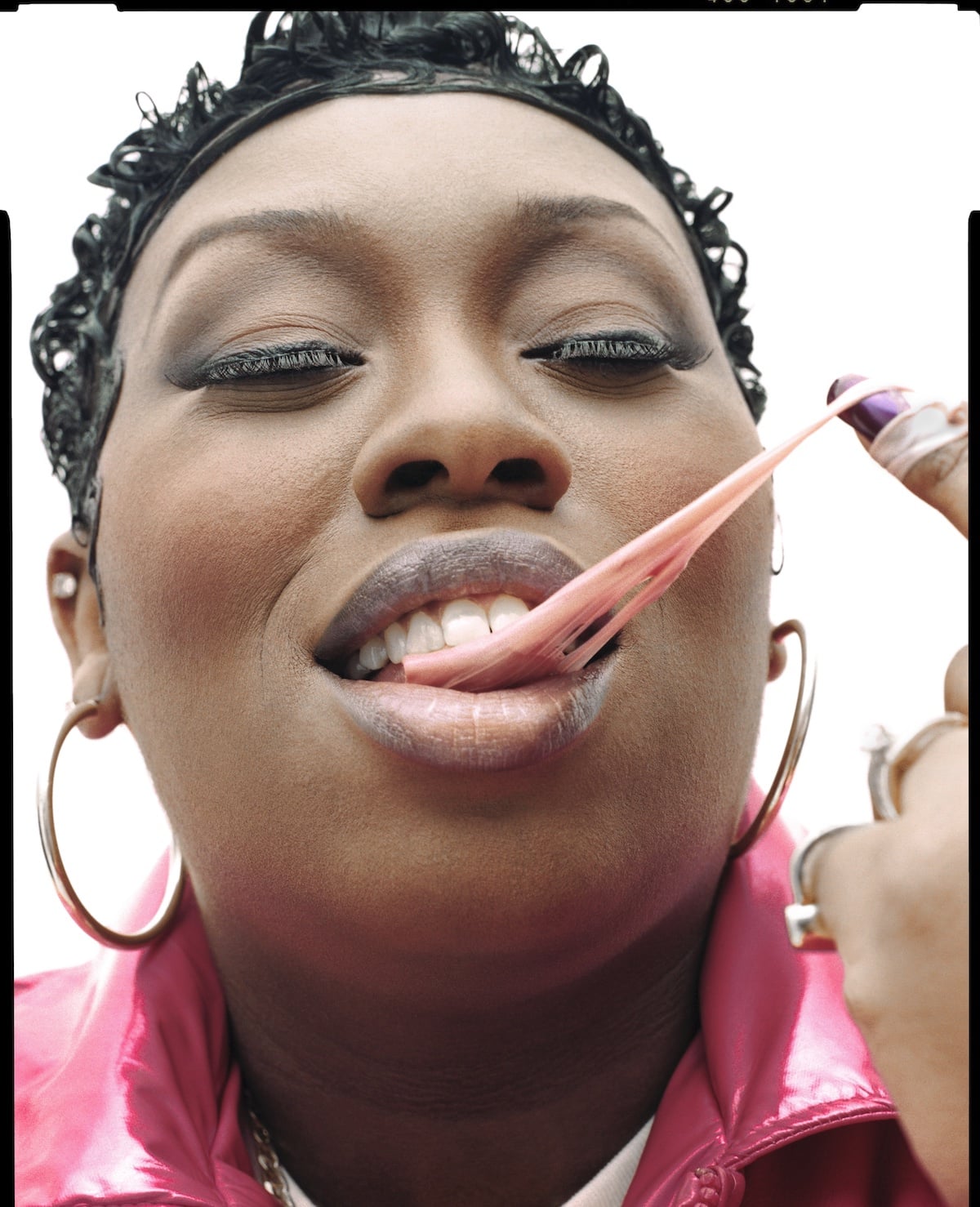
“Missy Elliott, Photographed for Spin Magazine, New York City, 1998” by Christian Witkin
The show includes images taken from 1972 to 2022, moving from historic icons to today’s most well-regarded musicians.

“Mac Miller album cover shoot for Self Care, 2018” by Christian Weber
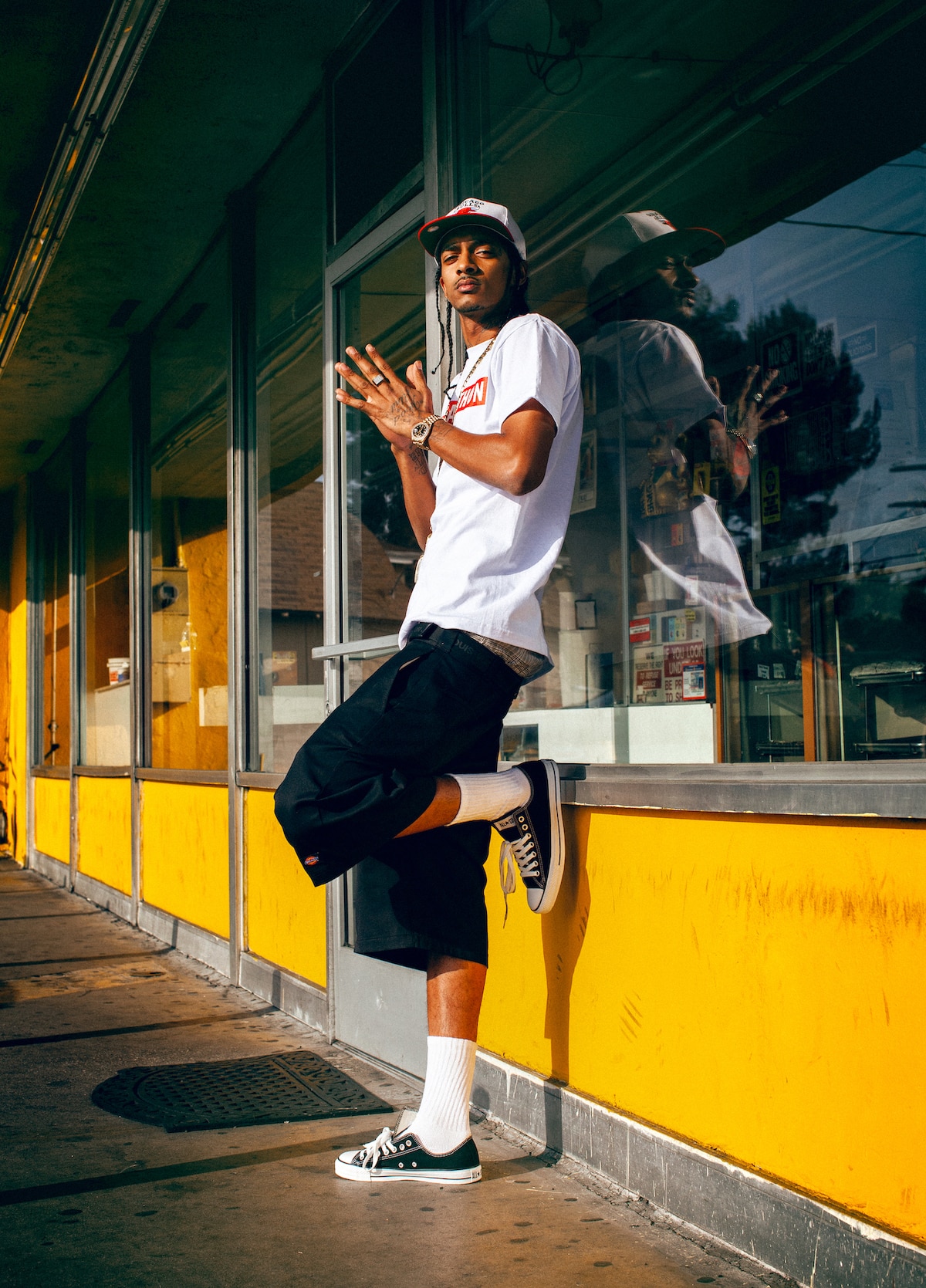
“Nipsey Hussle, Los Angeles, CA, 3/7/2011” by Jonathan Mannion
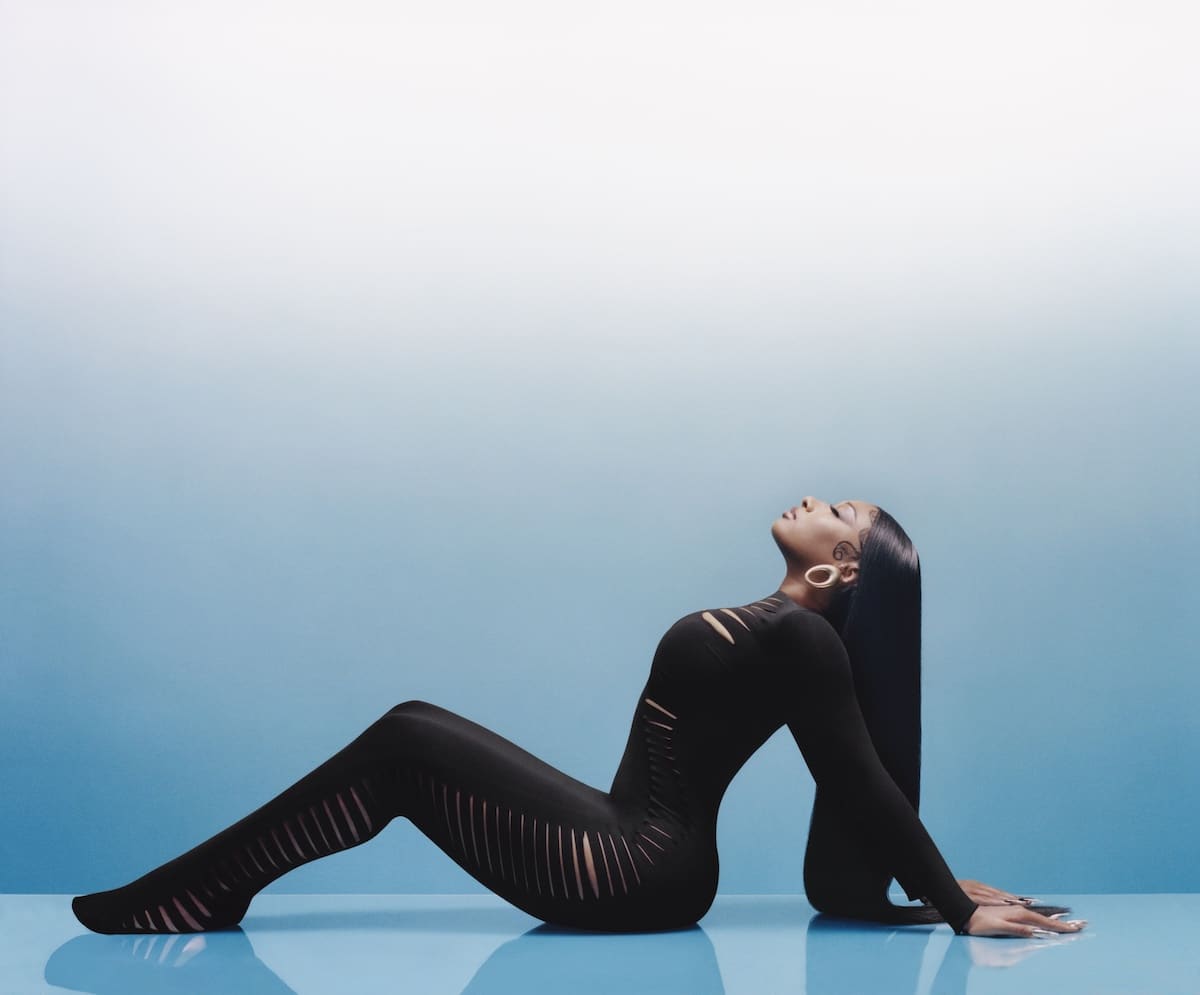
“Megan Thee Stallion posing for The Cut Magazine, 2022” by Campbell Addy

“Quavo & Takeoff, Atlanta, August 2, 2022. Last shot of the day for their album Infinity Links” by Kenneth Cappello
